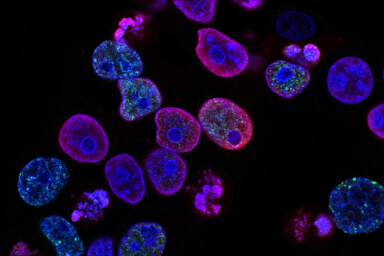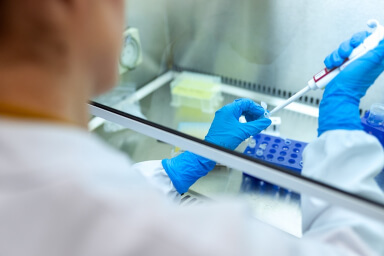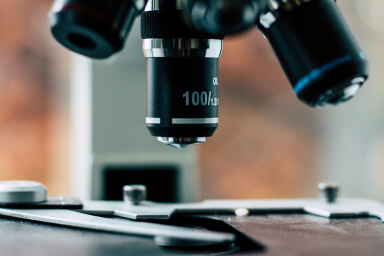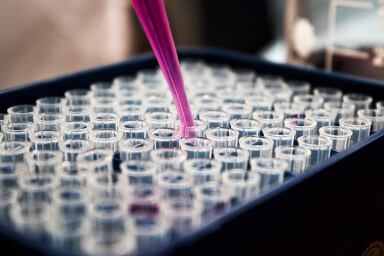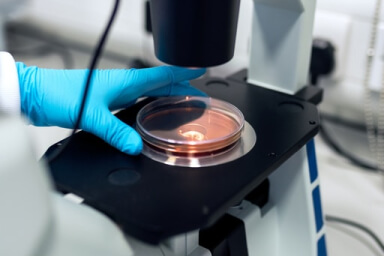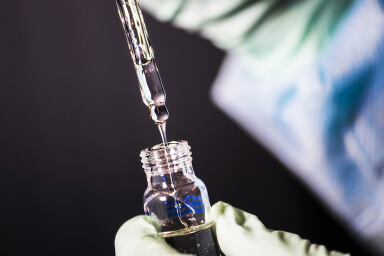Services
Jaachwala is one of best diagnostic Centre for accurate and precise results .Here any one can diagnosis for blood tests, health checkups, pathology.
OUR EXPERTISE
ANATOMICAL PATHOLOGY
The medical laboratory is usually divided into an anatomical pathology branch and a clinical pathology branch, each made up of multiple departments. Larger laboratories may also contain a molecular pathology branch and a forensic pathology branch, while smaller laboratories will send specimens out to bigger labs for this type of testing.
Cytotechnology
Cytotechnology (also known as cytology) involves the microscopic study of cells to detect cancer and other cellular abnormalities in fluids such as PAP smears, cerebrospinal fluid, urine, and blood. Pathologists and cytotechnologists usually work alongside each other to identify abnormal cells present in fluids.
Histology
Histology involves the gross examination and microscopic analysis of tissue specimens. Organs and surgical tissue biopsies are first examined in their entirety (known as “gross” examination) by being weighed, measured, and dissected. The specimens are then either processed, affixed to slides, and stained or sliced and embedded into wax blocks for microscopic analysis. By studying the structure and function of entire tissues and organs, histologists and pathologists can identify cancers and other signs of pathogenesis.
CLINICAL PATHOLOGY
Clinical pathologists oversea and collaborate with medical laboratory scientists and technicians to analyze various bodily fluids in four main clinical areas:
- Clinical chemistry
- Hematology and hemostasis
- Microbiology
- Transfusion services
Clinical Chemistry
The chemistry department is usually the largest and most automated part of the laboratory. It is sometimes divided into many different subspecialty areas, including automated chemistry, STAT chemistry, immunology, toxicology, endocrinology, and special chemistry. Common tests include the comprehensive metabolic panel, thyroid function studies, lipid panel, hormone and vitamin assays, drug screens, and troponin – a cardiac marker that is used to indicate whether a patient has had a heart attack.
Hematology and hemostasis
The hematology department is responsible for analyzing a patient’s blood and blood components. By analyzing the number and maturity of red blood cells, white blood cells, and platelets in a whole blood sample, medical scientists can detect diseases such as leukemia and anemia. Hematology also involves coagulation studies and platelet function assays (an area usually referred to as hemostasis) to help detect clotting problems and monitor drug therapies. Urinalysis, sperm counts, and malaria testing are some more examples of testing done in a hematology department.
Microbiology
From bacteria and viruses to fungi and parasites, microbiology is the study of all things tiny. The goal of any clinical microbiology lab is to detect and identify pathogenic microorganisms causing disease in a patient. Various specimens are first cultured onto media using different techniques. The goal of culturing is to isolate pure colonies of bacteria, mold, or fungi that can then be identified using methods such as mass spectrometry or PCR. Once identified, antibiotic susceptibility testing is usually performed to determine the best course of antibiotic therapy for the patient. Other testing in the microbiology lab includes gram staining, ova and parasite tests, STD testing, and rapid tests for strep and other common pathogens.
Transfusion services
Immunohematology, also known as “Transfusion Services” or more commonly “Blood Bank”, is the area of the clinical laboratory responsible for providing compatible blood components to patients for transfusion. The blood bank keeps an inventory of red blood cells, plasma, platelets, and cryoprecipitate available for routine blood transfusions, surgeries, and traumas. When a patient needs blood, the blood bank is responsible for determining the patient’s blood type, testing for and identifying any antibodies present, and then providing crossmatch compatible blood components.
MOLECULAR PATHOLOGY
In larger laboratories, molecular and genetic testing might be done in a separate branch of pathology known as molecular pathology. Molecular pathologists usually work with medical scientists in two main areas, cytogenetics and molecular diagnostics.
Cytogenetics
Cytogenetic testing involves isolating and studying the structure of chromosomes. Cytogenetic technologists use different stains and techniques to create an image of chromosomes known as a karyotype. By analyzing a patient’s karyotype, cytogenetic technologists and molecular pathologists can identify a variety of chromosomal abnormalities that may lead to genetic defects such as Downs syndrome, Klinefelter syndrome, and Philadelphia chromosome.
Molecular Diagnostics
Molecular testing involves testing a sequence of DNA or RNA to identify a specific genetic marker of interest. This could involve testing the patient’s DNA to detect gene variants that cause inherited disease or make them more susceptible to cancers. It can also be used to identify the presence of infectious organisms and antibiotic resistant genes.
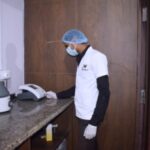
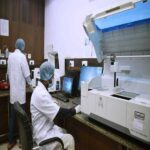
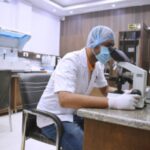
Address
Mohanpur Road, Kashipur, Near Kranti Hotel, Samastipur, Bihar,848101
Call Us
+91 970 906 2927

